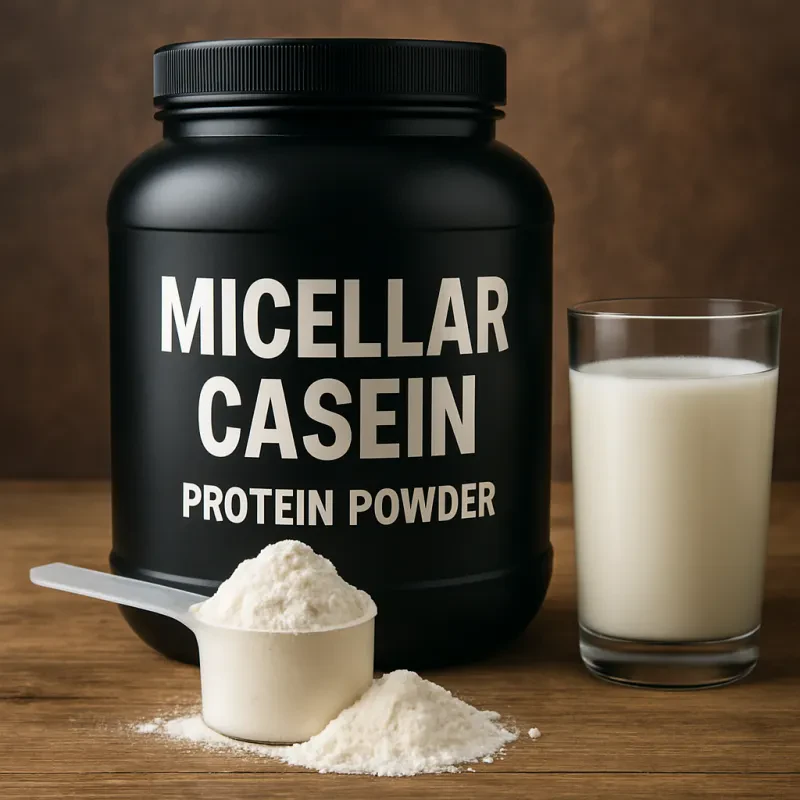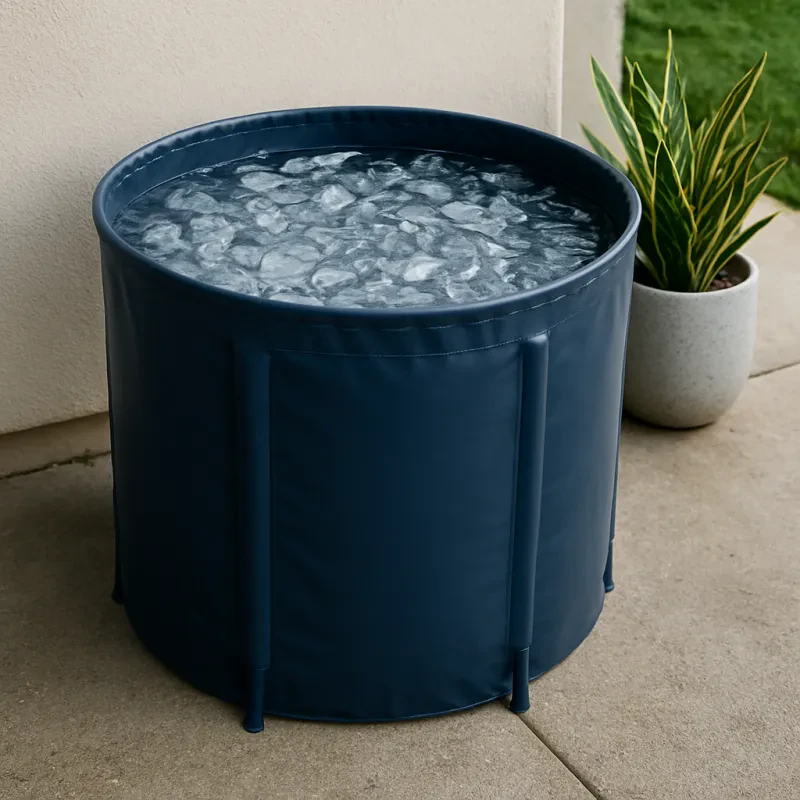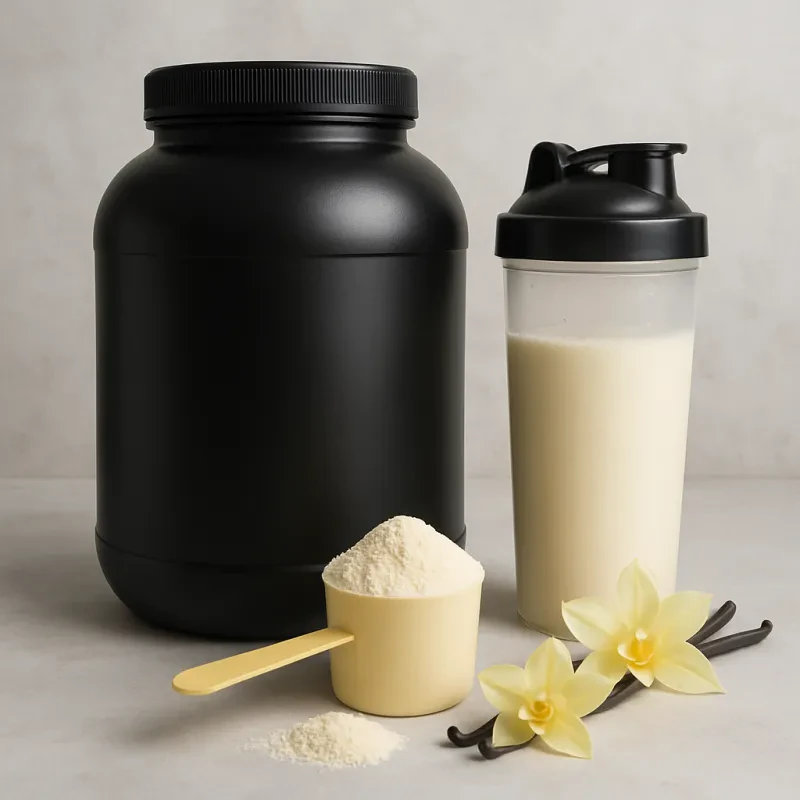When it comes to improving your fitness and shedding unwanted pounds, the choice between High-Intensity Interval Training (HIIT) and traditional steady-state cardio can be a bit like choosing between apples and oranges. Both have their merits and can help you achieve your fitness goals, but they differ significantly in their approaches and results. In this article, we'll delve into the debate of HIIT vs. traditional cardio to help you make an informed decision about which is better for weight loss and overall fitness.
Understanding the Basics: HIIT and Traditional Cardio
Before we jump into the comparison, let's break down the fundamentals of HIIT and traditional cardio: 
High-Intensity Interval Training (HIIT)
HIIT involves short bursts of intense exercise followed by brief recovery periods. These workouts are characterized by pushing your heart rate to near-maximum levels during the intense phases. For example, you might sprint for 30 seconds, followed by a 30-second walk or jog, and repeat this cycle for a set period.
Traditional Cardio
Traditional cardio, on the other hand, involves maintaining a moderate intensity (e.g., steady jogging or cycling) for an extended period. The heart rate remains relatively constant throughout the workout.
Now, let's compare these two exercise approaches in terms of their impact on weight loss and overall fitness.
The Case for HIIT
Efficiency: HIIT workouts are time-efficient. You can achieve more in less time due to the high intensity. A 20-30 minute HIIT session can be as effective as a 60-minute steady-state cardio workout.
Afterburn Effect: HIIT increases excess post-exercise oxygen consumption (EPOC), also known as the afterburn effect. This means your body continues to burn calories at an elevated rate even after you've finished the workout.
Muscle Preservation: HIIT can help preserve muscle mass while promoting fat loss. Steady-state cardio may lead to muscle loss in some cases.
The Case for Traditional Cardio
Sustainability: Traditional cardio is often easier to sustain for longer durations. If you enjoy long runs or bike rides, it can be an enjoyable way to build endurance.
Lower Injury Risk: HIIT, with its intense bursts of activity, can increase the risk of injury for some individuals, particularly if proper form is not maintained. Traditional cardio is gentler on the body.
Recovery and Active Rest: Traditional cardio can serve as active rest for those engaging in resistance training, allowing you to recover while still expending calories.
Which Is Better for Weight Loss and Fitness?
The answer isn't black and white. The choice between HIIT and traditional cardio depends on your goals, preferences, and individual circumstances.
For weight loss, HIIT is effective due to its ability to burn calories during and after exercise. However, traditional cardio has its place, especially for those who enjoy it and want to build endurance.
A balanced approach might be to incorporate both into your fitness routine. Use HIIT for intense, time-efficient workouts and traditional cardio for longer, steady-state sessions. Mix and match based on your schedule, preferences, and fitness objectives.
42 Fun Cardio Workouts and Refreshing Exercise Ideas
Get your heart pumping with these 42 enjoyable cardio workouts and invigorating exercise ideas
Product information
$6.99
Product Review Score
4.76 out of 5 stars
175 reviewsProduct links
Conclusion
In conclusion, the HIIT vs. traditional cardio debate isn't about declaring a winner but recognizing the strengths of each approach. The most important thing is to find an exercise regimen that you enjoy and can sustain in the long term. Whether it's the heart-pounding intensity of HIIT or the steady rhythm of traditional cardio, the best workout is the one you'll stick with.



